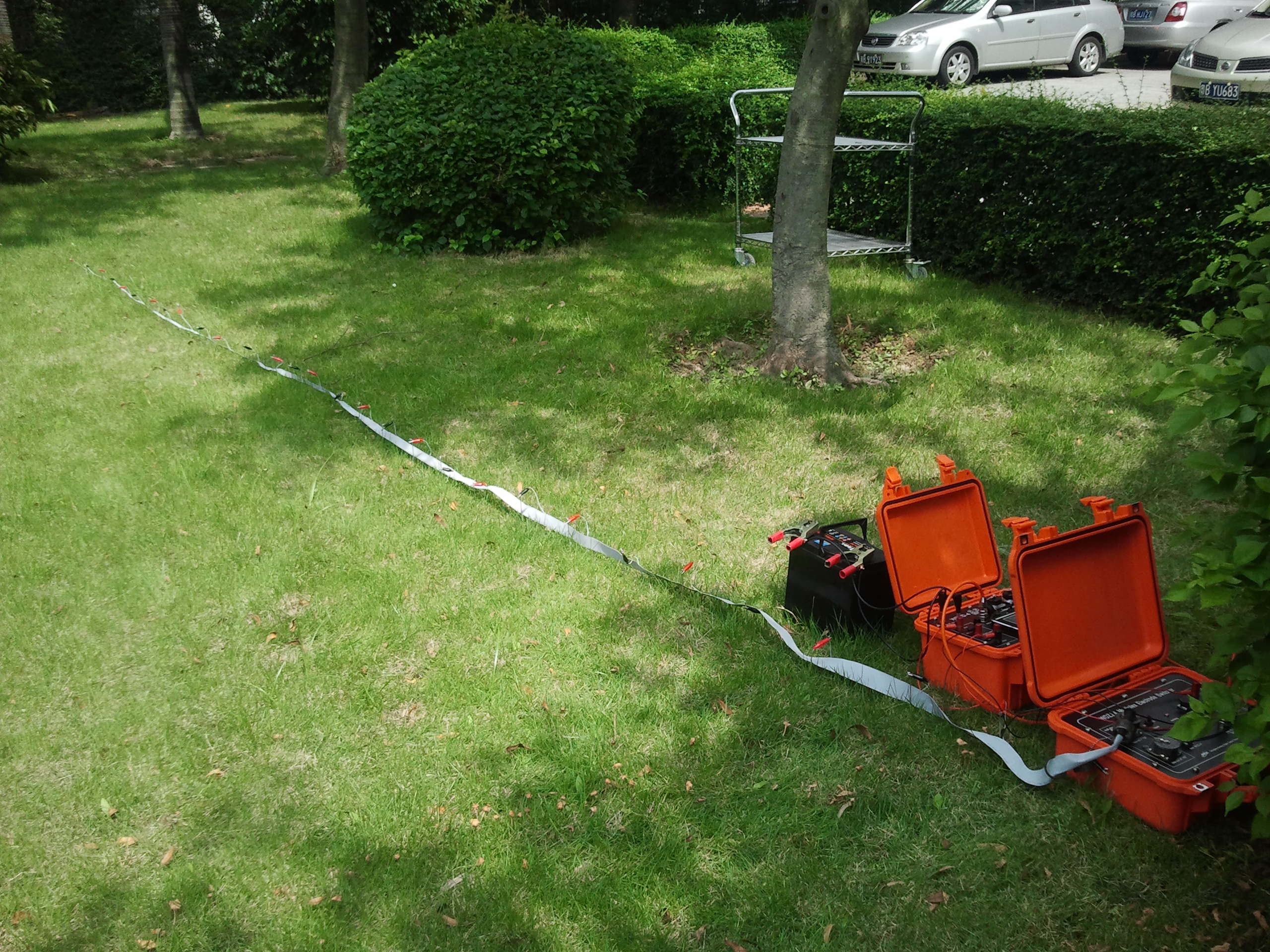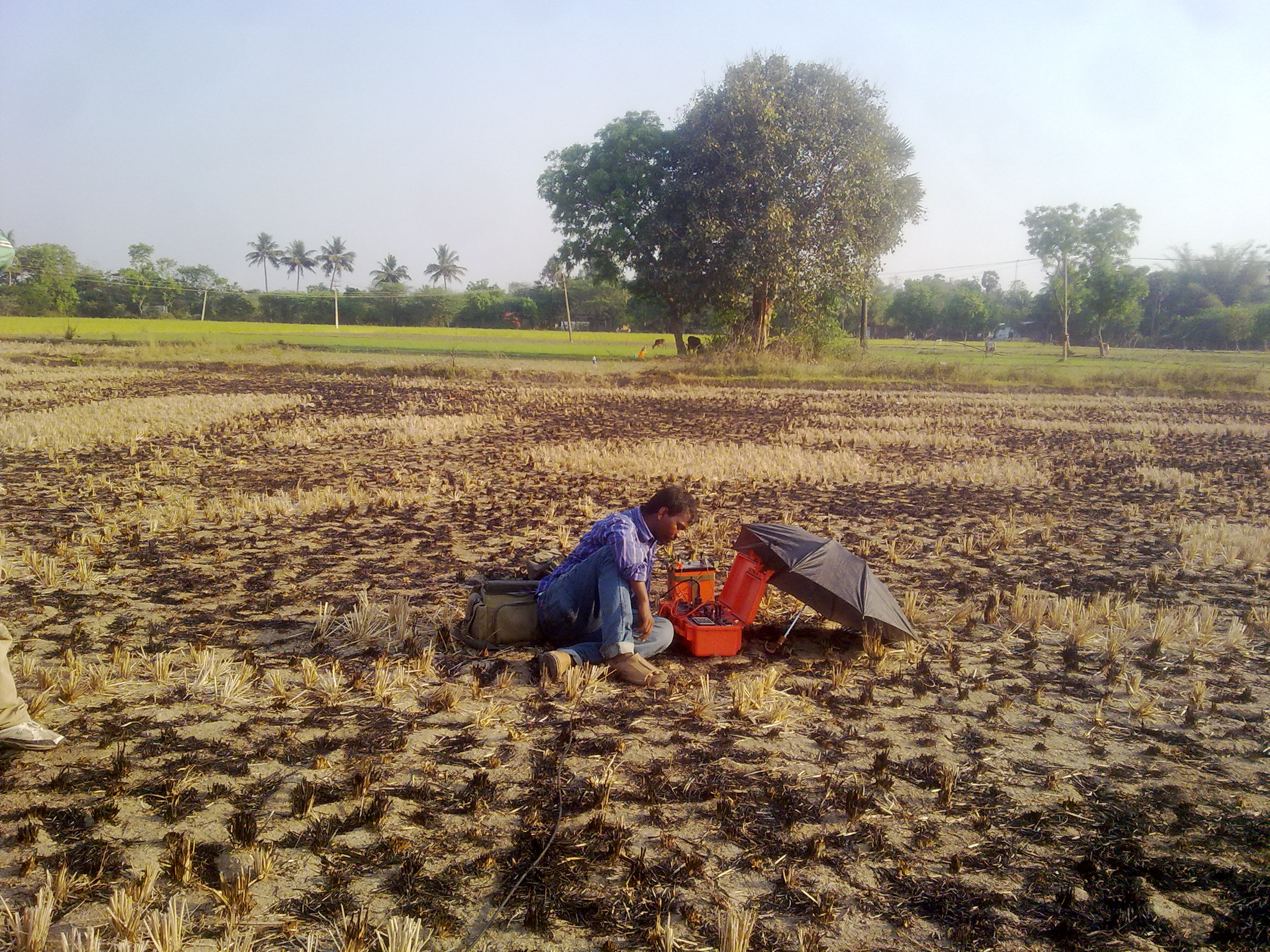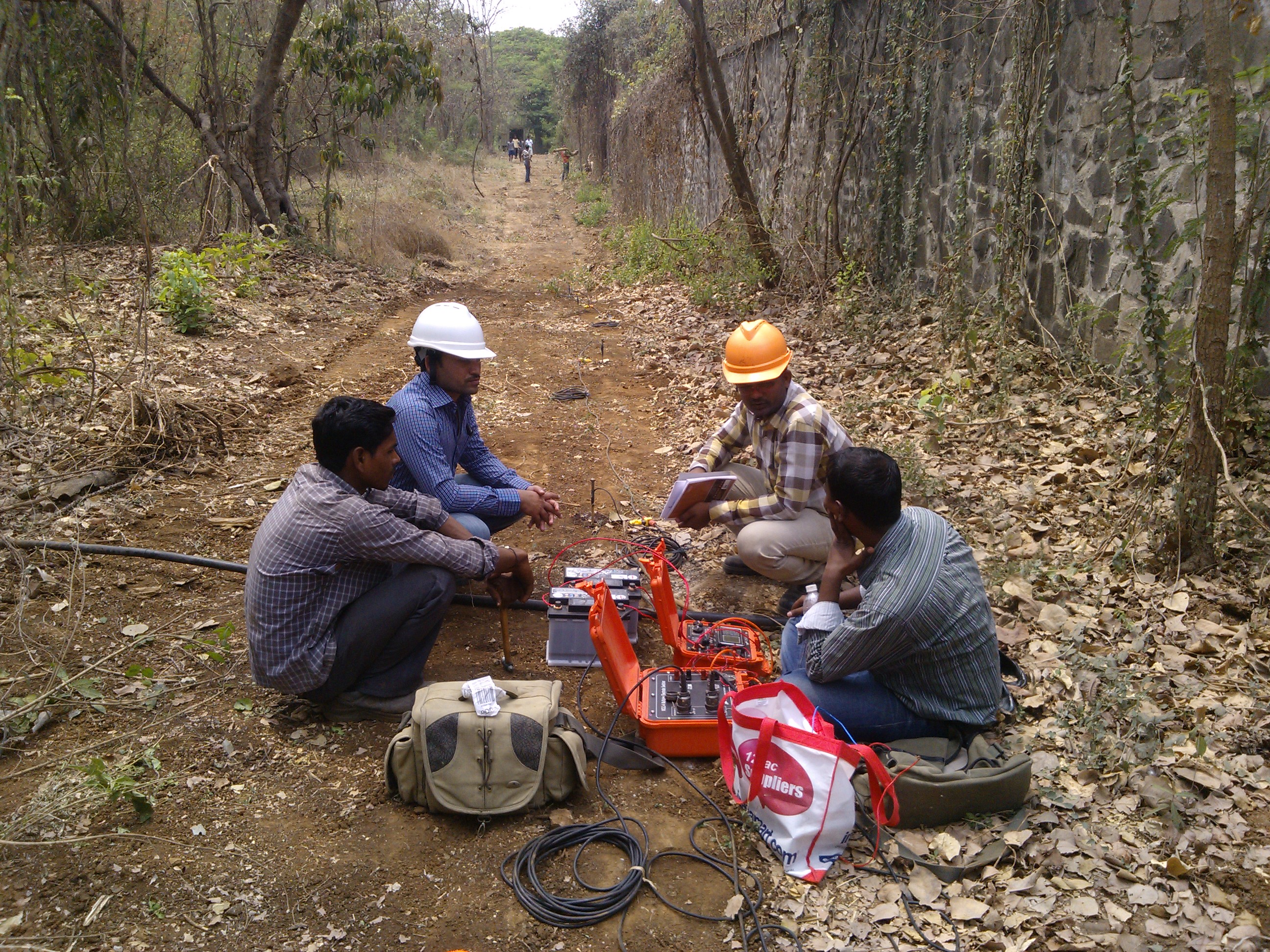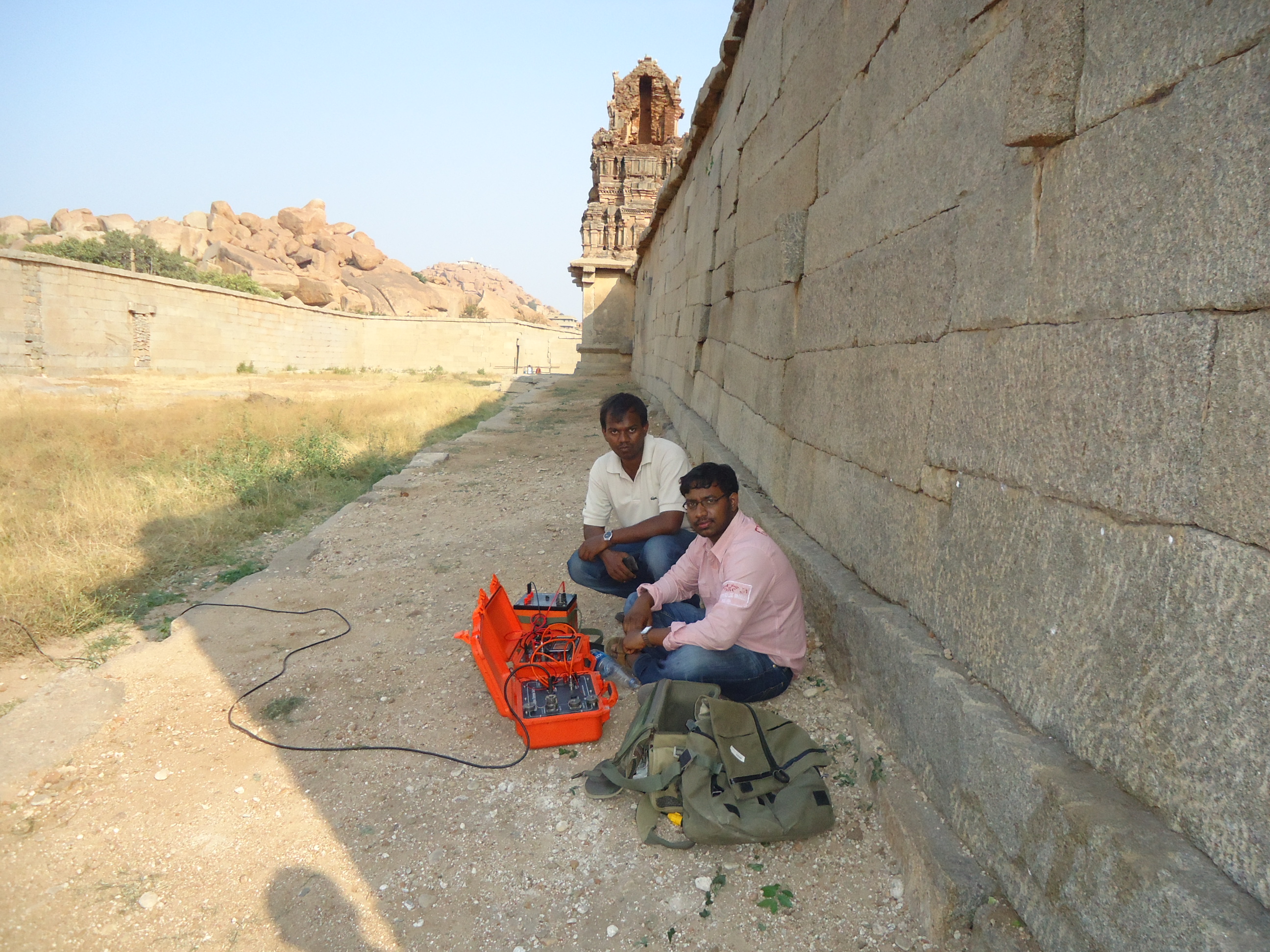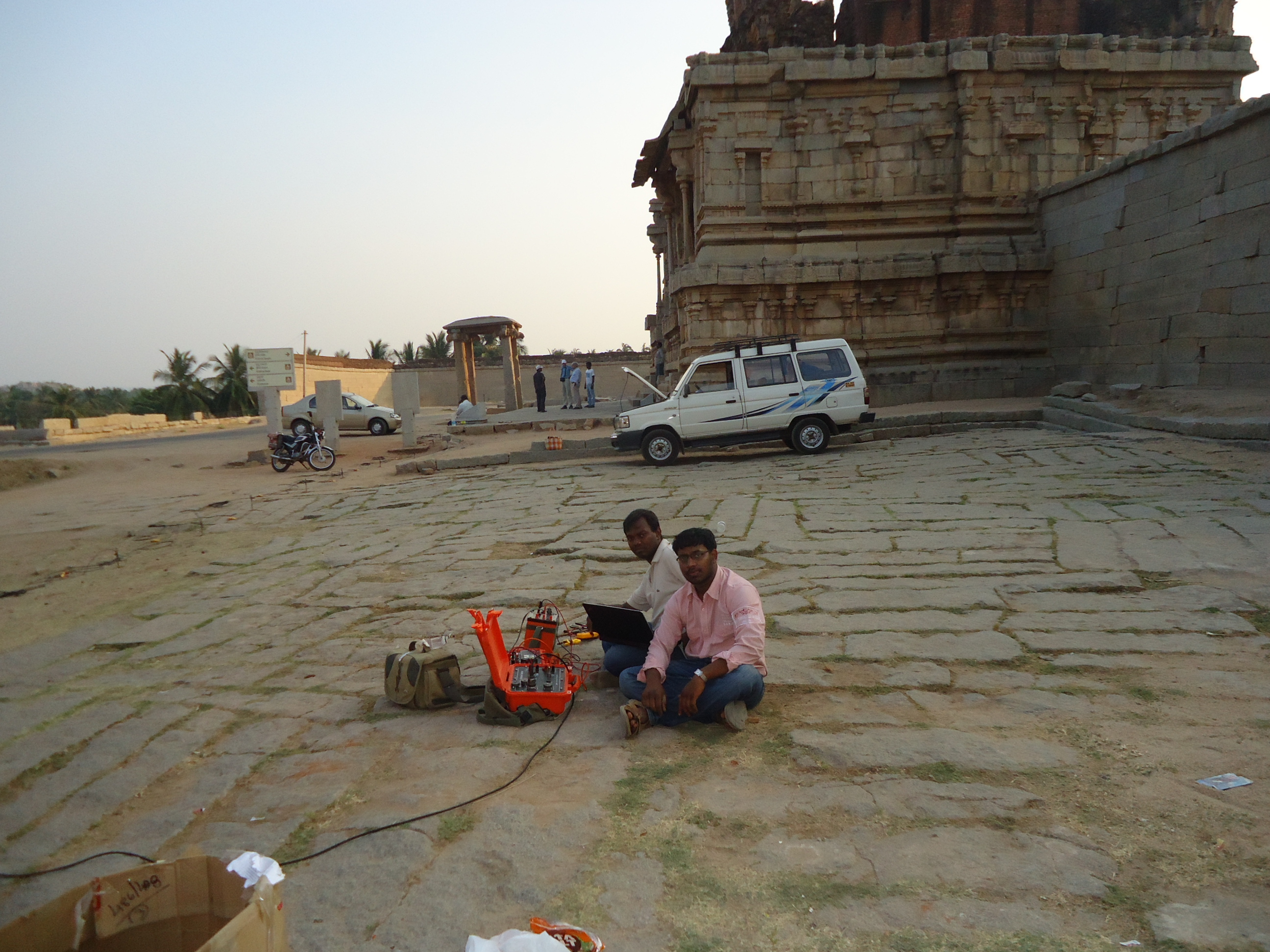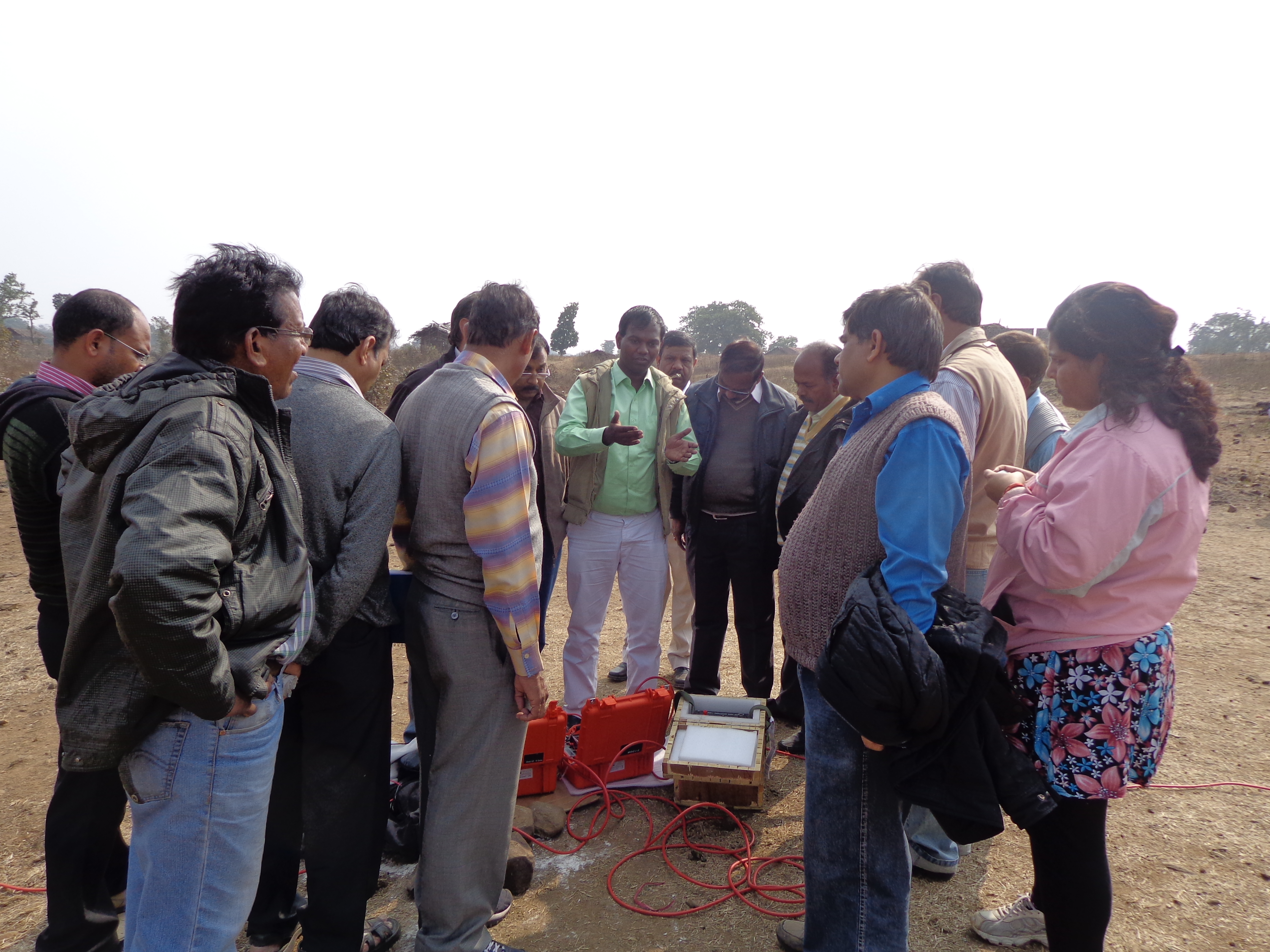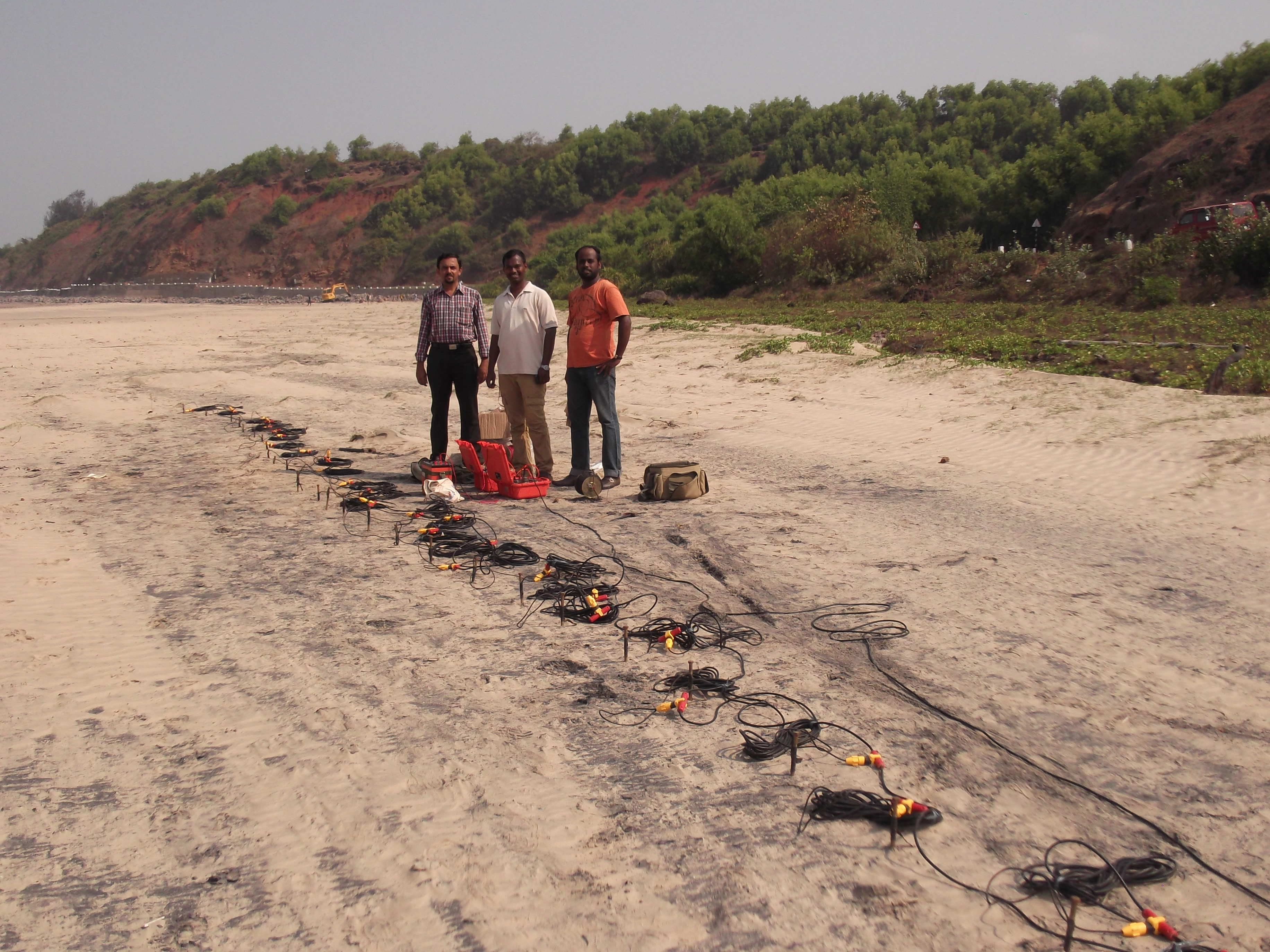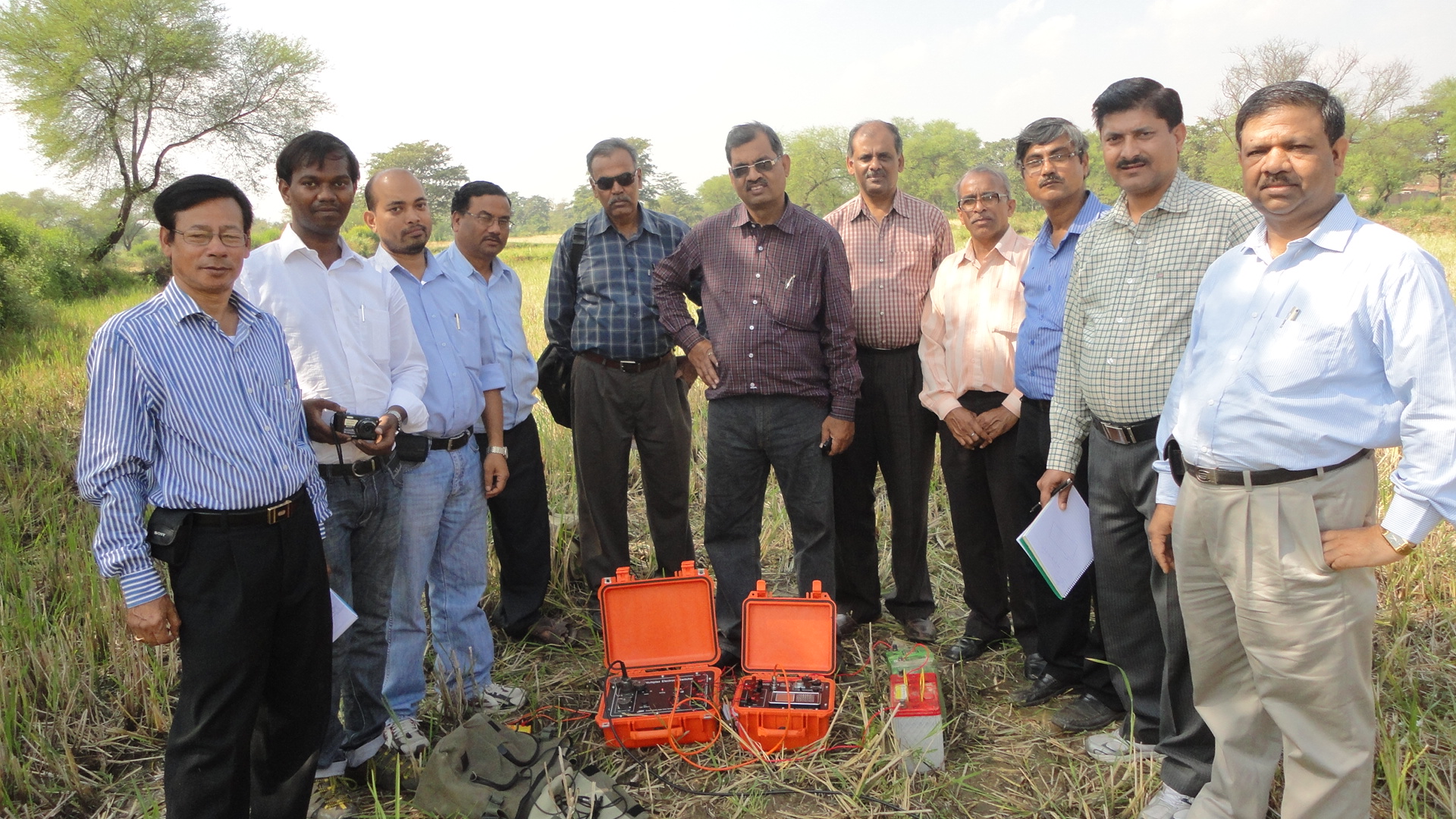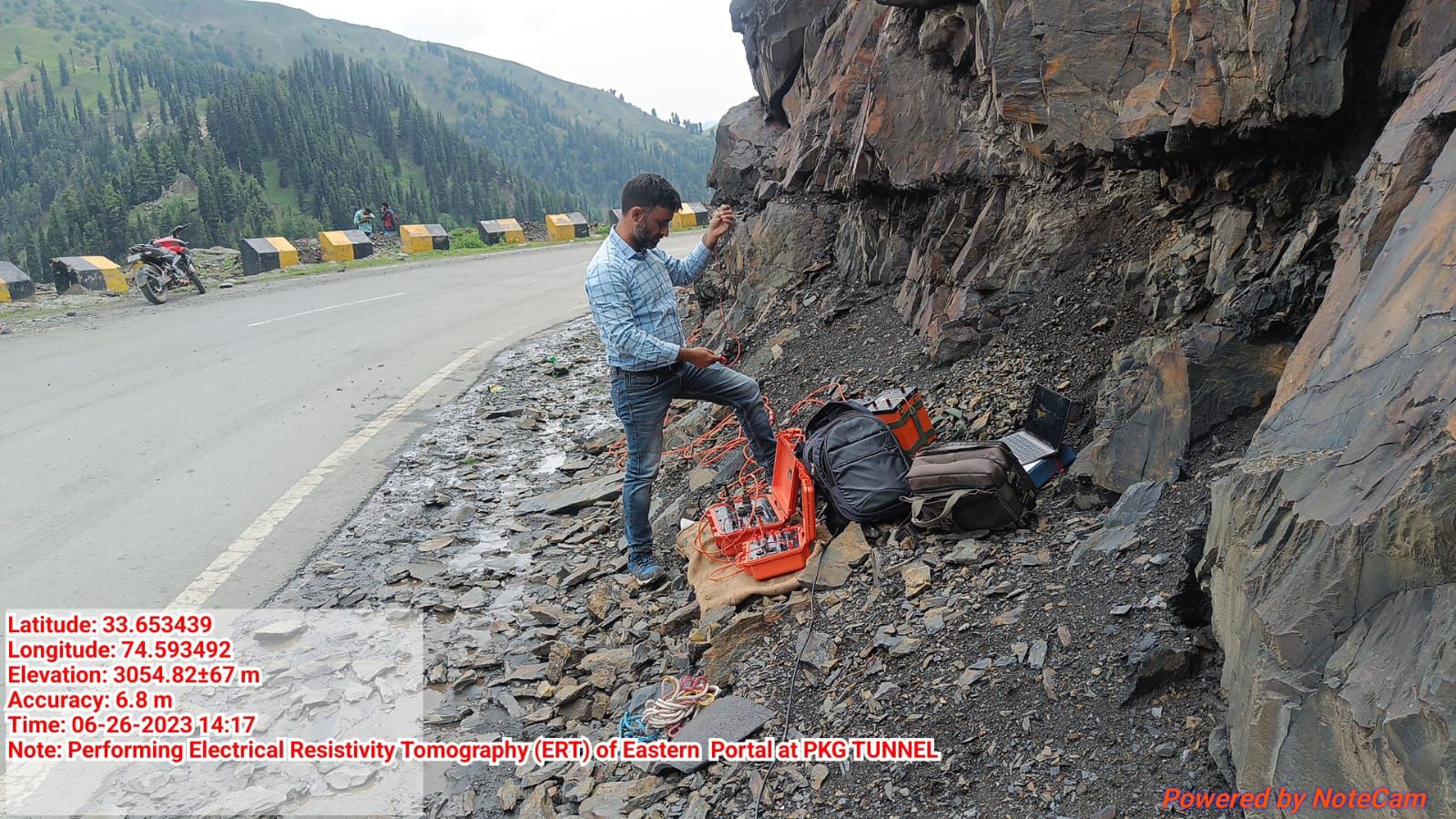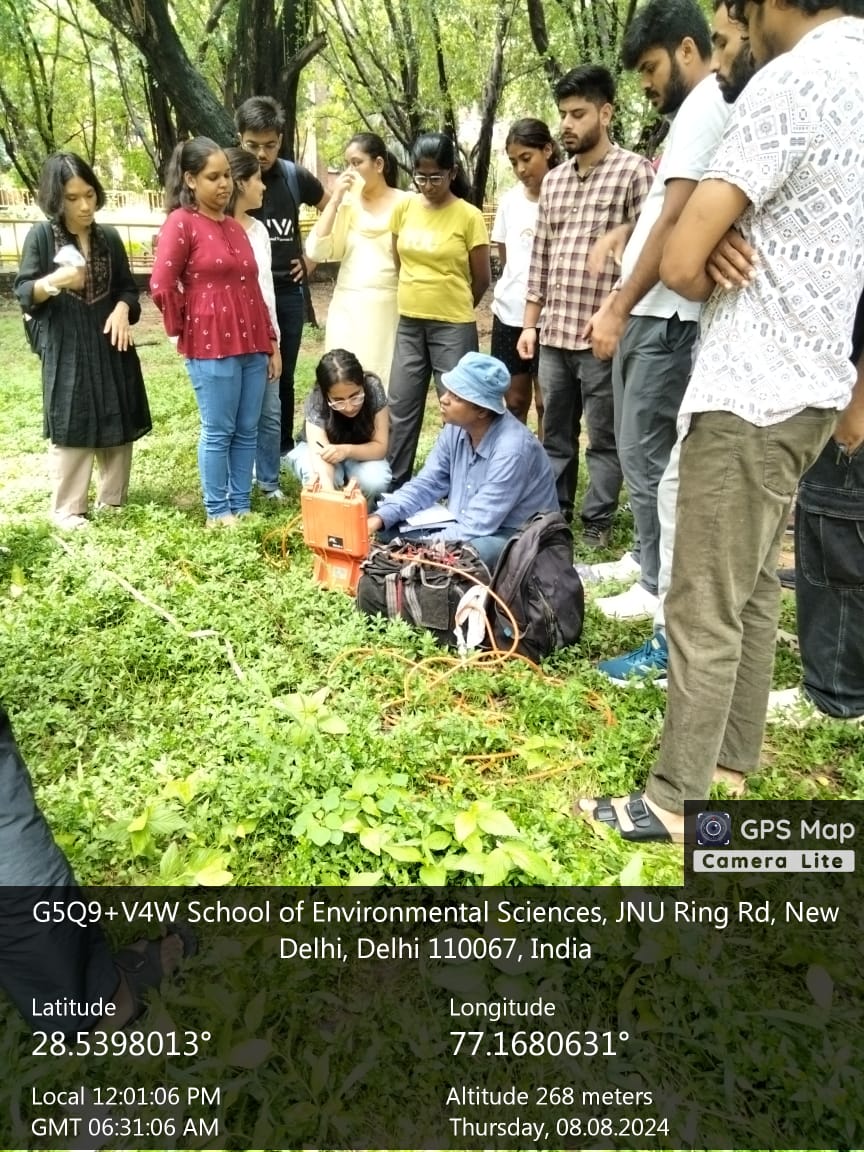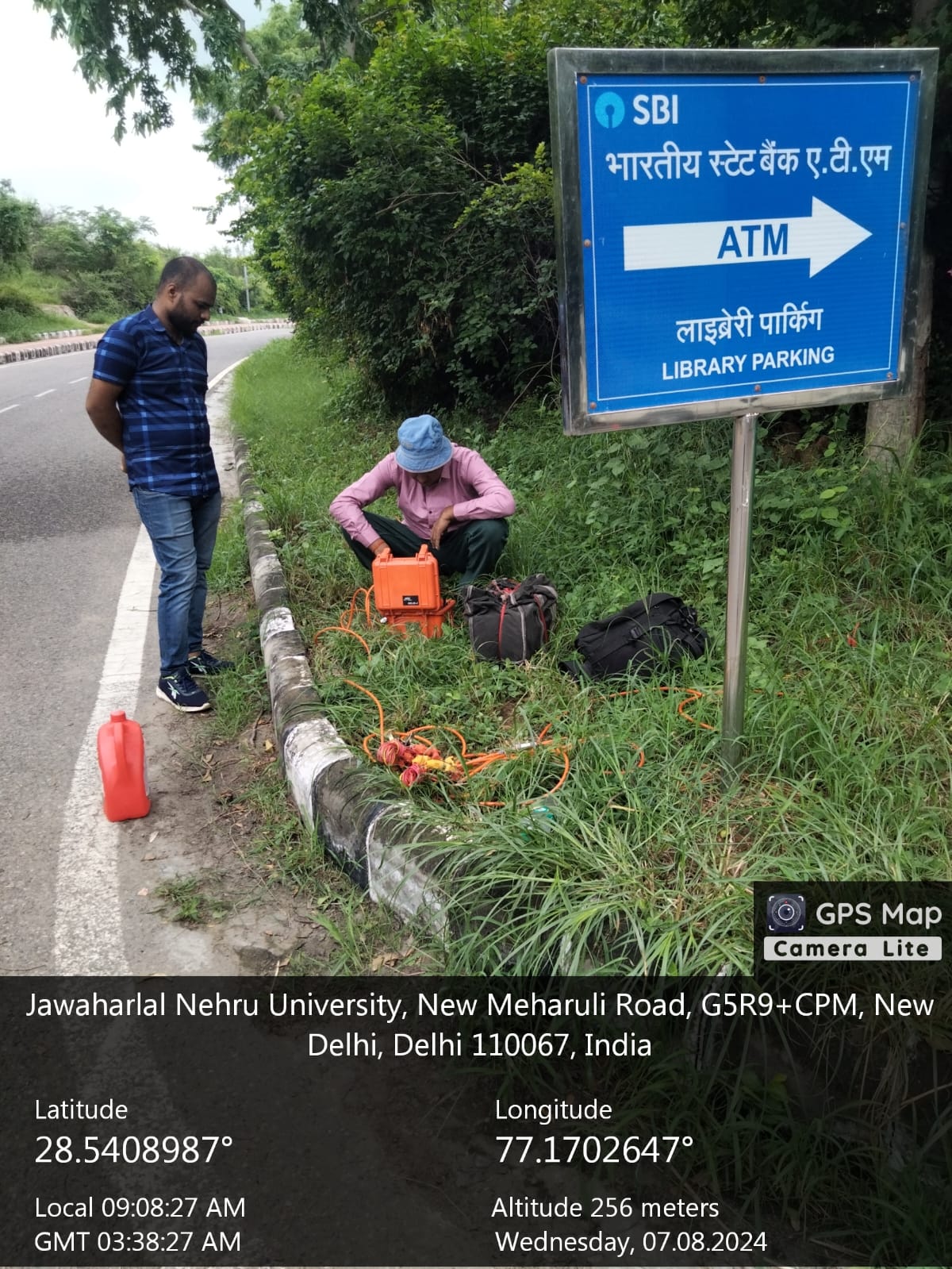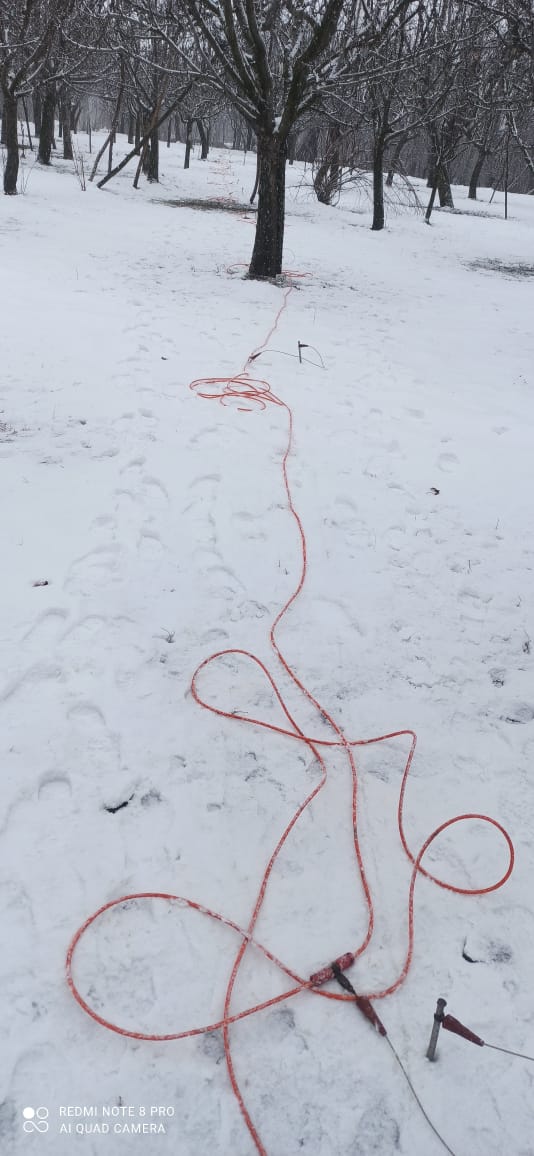WERT-60/120/4B 2D Resitivity Imaging System
WERT Series is a new state-of-art geophysical instrument renowned for simple, economical and field friendly , ‘Centralized System ‘ for “Multi-Electrode Resistivity Imaging Survey”. It has multiple functions such as high accuracy, quick operation, high reliability, and excellent expandability. It makes field surveys more economical and comfortable. It has the coupling unit of Mainframe (WERI) and Multiplex Switcher (WERT 60/120/4B System) designed explicitly for resistivity imaging survey. Multi-Electrode Switcher is available in three configurations as a Centralized system namely WERT-60 (Supports up to 60 electrodes) ,WERT-120 (Supports up to 120 electrodes in continuous Switcher mode) and WERT-4B (Supports up to 120 electrodes in discrete switcher mode) respectively. WERT -60/120/4B arrangements are compatible to work with the ‘Centralized Cable System’ (30 take-out available at 2m, 5m, 10m, and 20m standard spacing) for Resistivity Imaging /Tomography function.
In addition to above features, WERI Series mainframe has an add-on provision to advance and use with Distributed resistivity IP Imaging Cable configuration ( 10 take out Resistivity & IP Imaging Cable at 2m, 5m, and 10m standard spacing), which makes sure to develop a lengthy profile for more profound mapping of earth resources, without limitation of electrodes.
ERI is the measurement of the apparent electrical resistivity of the surface materials. During an imaging survey, the electrical current is injected into the earth through a pair of current electrodes and the potential difference between a couple of potential electrodes. The current and electrodes are generally arranged in a linear array. The apparent resistivity is the average bulk resistivity of all subsurface materials influencing the flow of current.
A typical imaging survey involves multiple such measurements of apparent resistivity with various configurations of electrode locations. Then process the data, and produce resistivity contour maps. It is to show resistivity variations along with depth and horizontal positions. Since the electrical resistivity of subsurface materials differs with their compositions and water contents, the resistivity contour maps are helpful to get a general background of the subsurface condition or find exciting targets. For instance, since soils and bedrocks generally have different resistivities, ERI can delineate soil-bedrock interfaces.

/MAIN IMAGE.jpg)



/Software Analysis/Foundation Engineering1.jpg)
/Software Analysis/2.png)
/Software Analysis/3.png)
/Software Analysis/4.png)
/Power Source.jpg)
/2-D Resistivity Imaging cable.jpg)
/60.jpg)
/120.jpg)
/Electrode with clips.JPG)
